|
A raw food diet usually includes raw muscle meat, organ meat, and ground bones. It also can contain vegetables, fruits, and some dairy. The most common proteins in cat raw food are chicken, egg, and fish. Although raw diets may seem to resemble a wild diet it may not be suitable for our domestic cats and dogs who often have a much longer life expectancy than their "wild ancestors". Myths about Raw Diets 1. Many people believe raw chicken, fish and eggs have more protein and higher nutrient content and that the cooking process reduces those nutrients, but this isn’t true 2. Better digestibility is another perceived benefit of raw diets. This has not been proven by any scientific studies, in fact, some cooking processes may even make certain foods more digestible and nutrients more available than they were raw. 3. Claim health benefits such as improved digestion, firmer stool, healthier skin and coats, and nutrition more akin to the “wild diet,” very few of these claims are supported by published research. When choosing a diet, it’s essential to look for formulas that are complete and balanced. Although commercially prepared raw food diets may be complete and balanced, the raw food prepared at home probably won’t be. If you are considering feeding raw food, we want to make sure your pet is getting all the nutrients they need through both their food and supplements. If not, cats are at a higher risk of developing nutrient deficiencies, like thiamine, which can affect nerve, brain and metabolism function. Nutrient deficiencies in both cats and dogs can also affect bone health and development. Are Raw Foods Safe? - Any bones not completely ground up could cause intestinal blockages or even lacerations. - Risk of nutrient deficiencies - More likely to be contaminated with harmful bacteria like Salmonella, E. coli and Listeria. These food-borne pathogens can cause a variety of problems, including diarrhea and vomiting. In severe cases, the results can be fatal. These bacteria aren’t just a risk for your pets, they also pose a threat to you and your entire family. Your pets can spread the bacteria from food either by grooming/licking and then interacting with you or through feces. Reduce the spread of bacteria by using gloves when handling the raw food and thoroughly cleaning the prep surfaces. This link goes over what percentage of each type of food makes up a raw diet. https://perfectlyrawsome.com/raw-feeding-knowledgebase/biologically-appropriate-raw-food-barf-adult-dogs/ I personally do not feed my dogs or cats raw food diets because of the risks of nutrient deficiencies and illnesses, but what you feed your pet is ultimately a personal choice. I recommend talking with your Veterinarian and RVT if a raw diet is something you are thinking about implementing or want more information about.
0 Comments
Pet obesity is a chronic disease with serious consequences like diabetes, fatty liver syndrome, skin disease, urinary tract disease, and arthritis. We say it is a chronic disease because it is something the owners and pets live with. Owners must be aware that their pets are prone to obesity and could be again if changes are not made. Scottie has been dealing with weight issues for a few years now. Scottie’s owner brought him to the clinic in August 2020. At that time, I talked to her about the importance of weight loss for Scottie and his friend Charlie (after all, it is always better to have a work out partner!). Scottie started his weight loss journey weighing in at fifteen pounds while a Chihuahua’s ideal weight should be closer to 9lbs. The end goal is not just to get down to an ideal weight but to look and feel better. There are a few things that I take into consideration when I make a weight loss program for a pet. Each animal and household is different, so it is best to learn about the owners and pets daily schedule and lifestyle. To be successful, I need to make a program that is suitable and easy for the owner. Body condition scoring can be easily taught to owners to be able to track their pets progress at home. Body conditioning is based on a scale from one to five. One being underweight, three being ideal, over three bring overweight, and five being obese. This scale can also go from one to nine and five is ideal. The areas we look for to decide the scoring is the amount of fat coverage over the ribs and a distinct waistline. Scottie came back to the clinic for weight check-ins periodically and I would address the owner’s concerns or worries as well. I check in on my weight loss program patients weekly for the first few weeks and then monthly after that. This personal interaction can help with success because it can be very frustrating for the owner. To get Scottie to his goal, his owner took him and his work out partner on walks, gave vegetables as treats, and stuck to the diet plan. Will Power is what got Scottie’s owner through the journey. Scottie came in to the clinic at the end of March and he weighed nine pounds. Scottie lost six pounds total and that is a huge success for a small breed dog! It took a lot of work and perseverance from Scottie’s owner. Scottie now has a defined waistline and is a perfect 3/5 for body condition score. He is also more active and loves running around with the other dogs at home. His hair coat is also very shiny so I know that is a good indication of health.
|
Ashlyn, RVTJoin me in learning a few tips about being the best owner that you possibly can be. Archives
September 2022
Categories |
Phone | 780-554-0663 | Fax | 780-348-5540 [email protected]
Enter "Stone Ridge Vet" into Google or Apple Maps
59525 Range Road 235, Westlock County
Enter "Stone Ridge Vet" into Google or Apple Maps
59525 Range Road 235, Westlock County
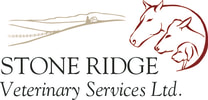
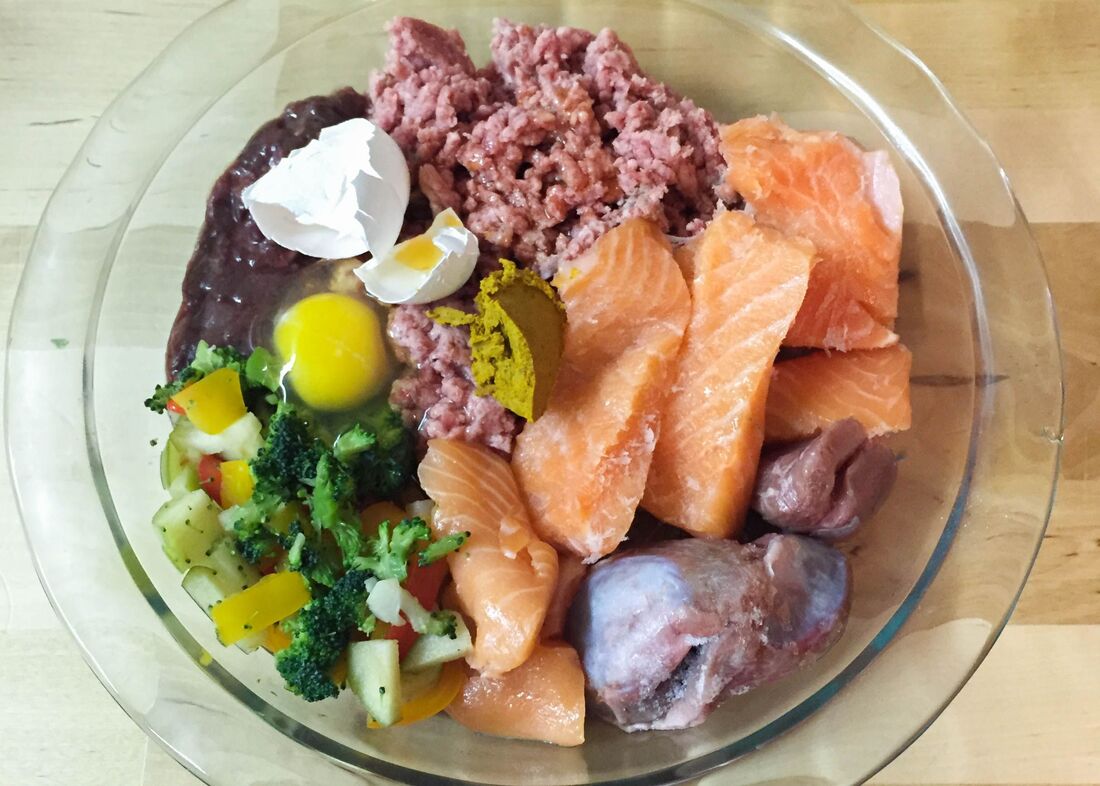
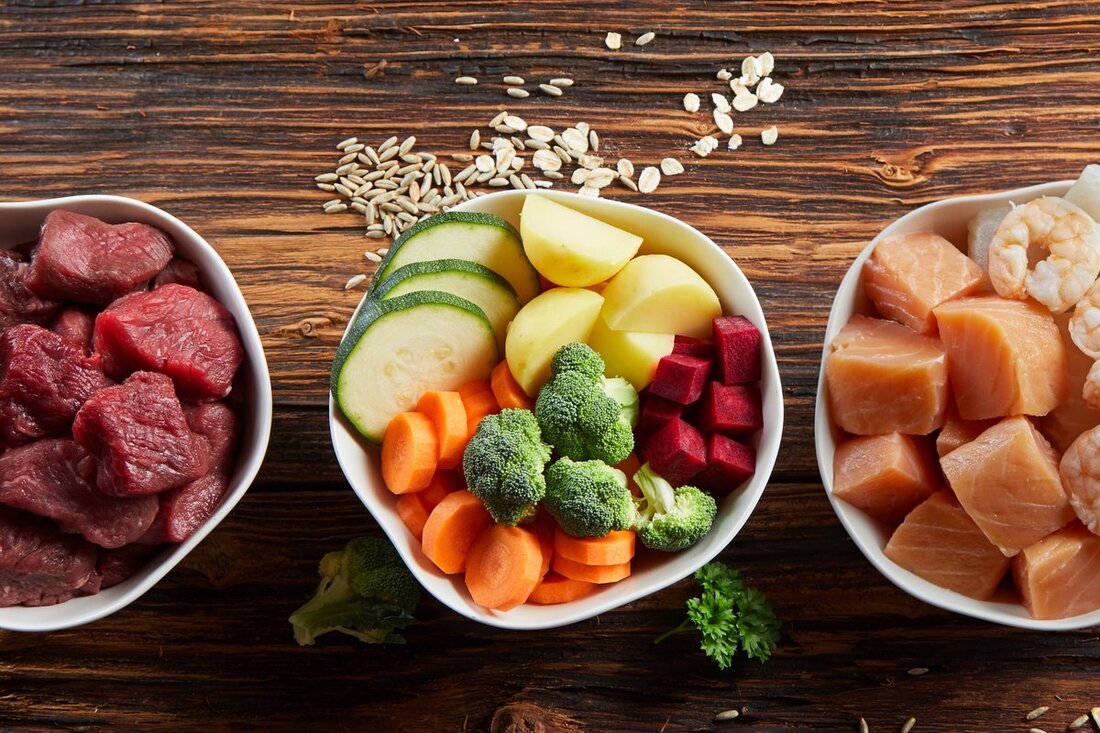
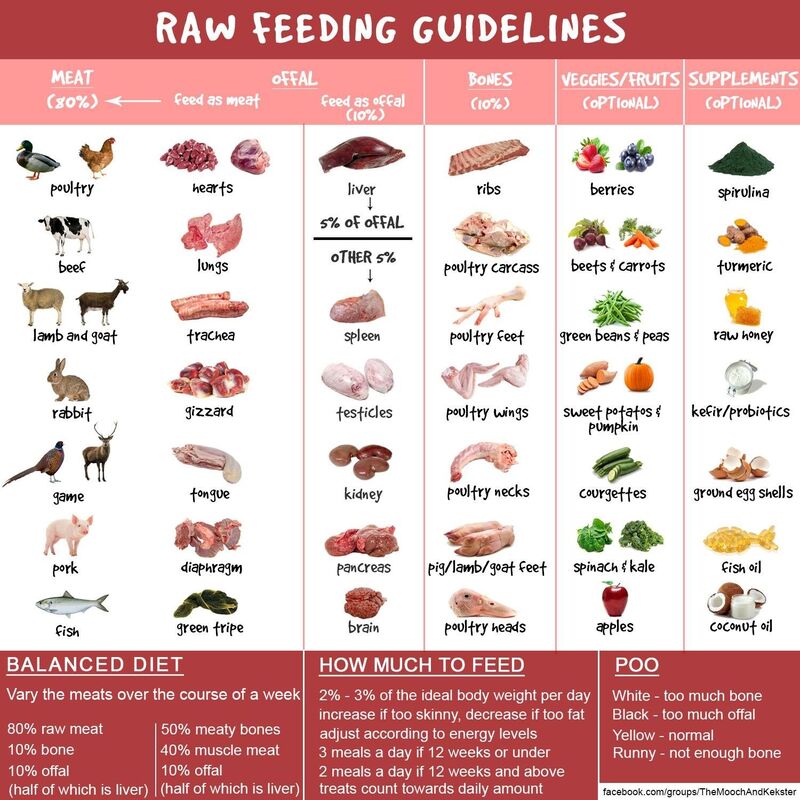
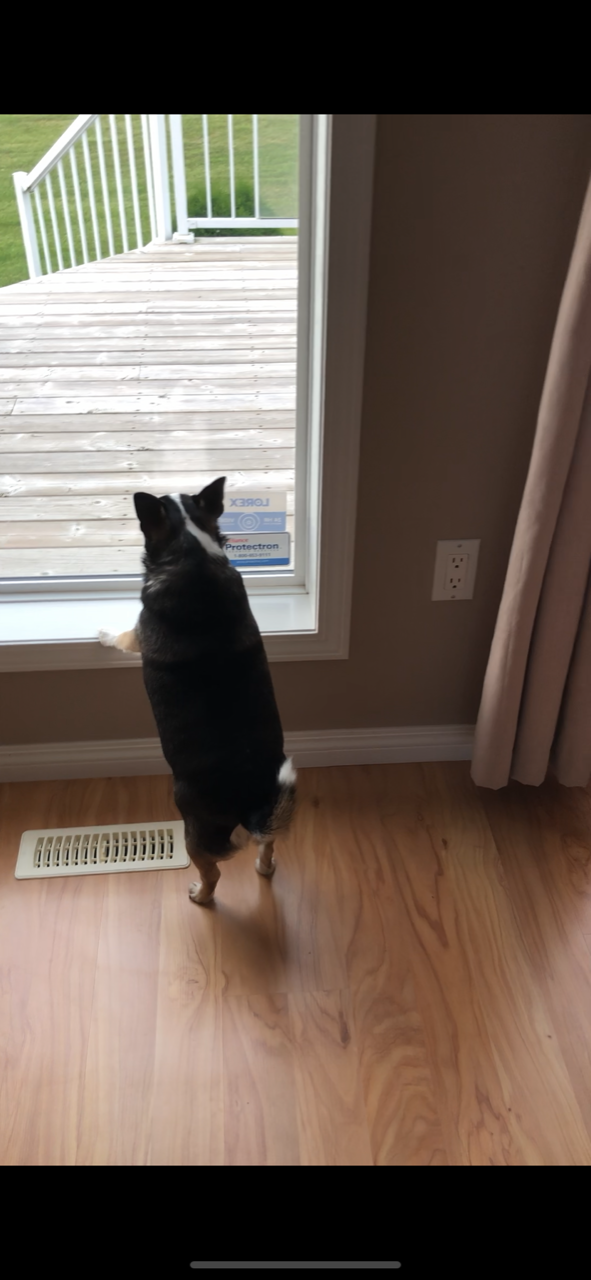

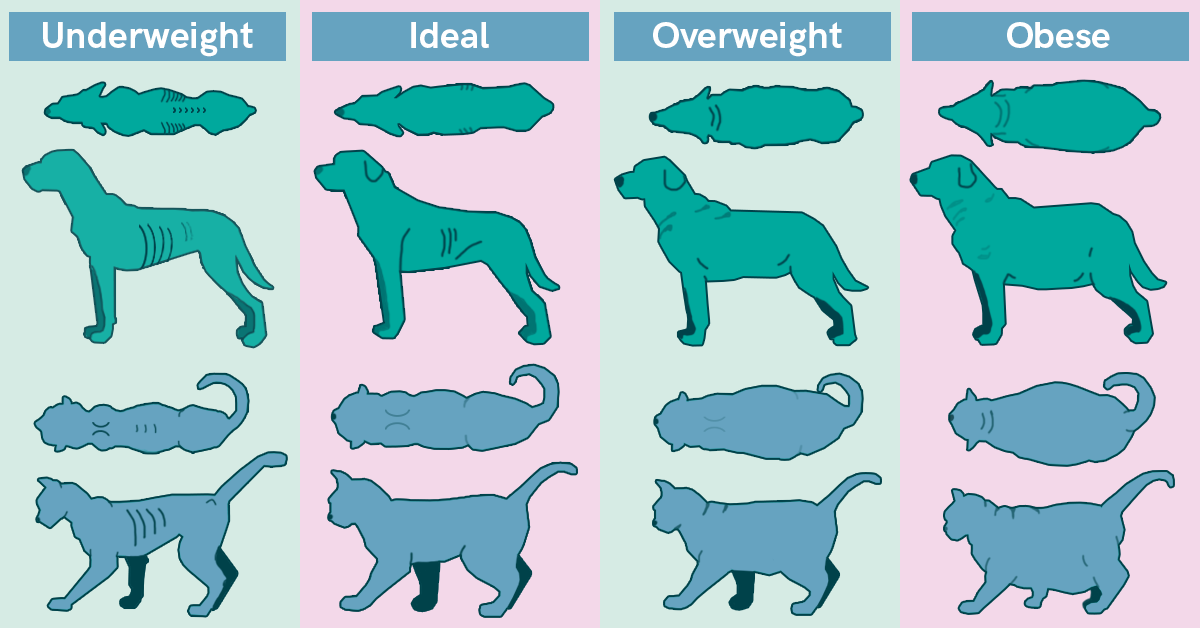
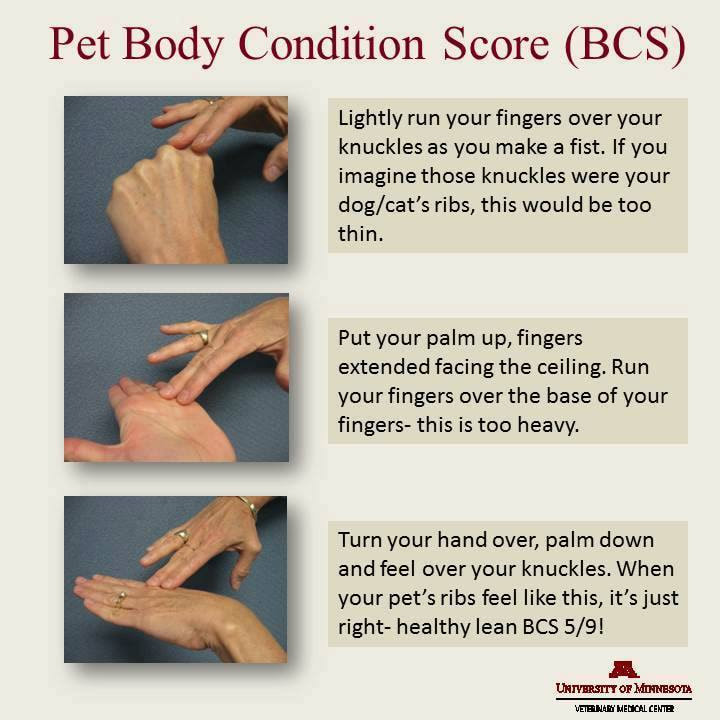


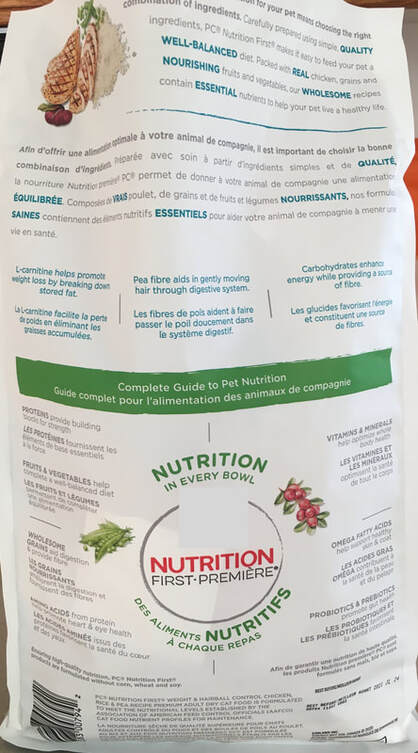
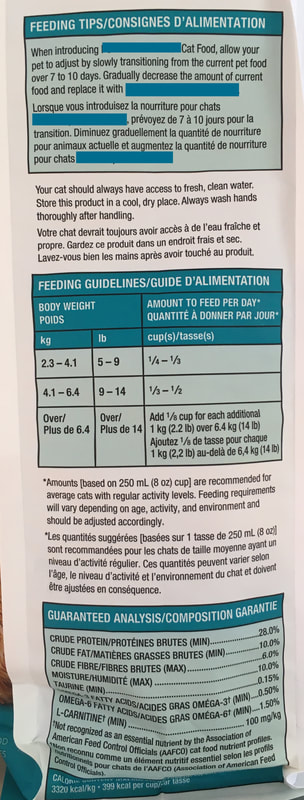
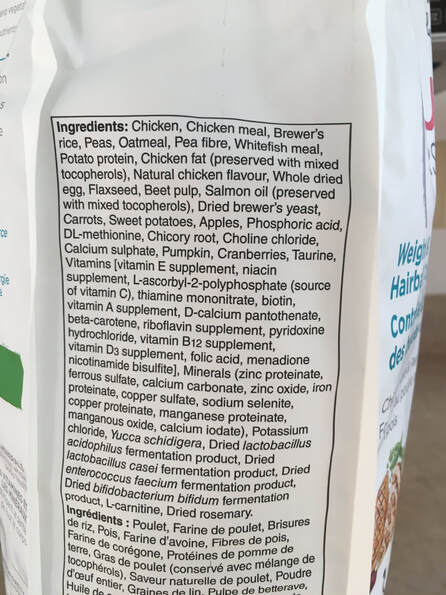
 RSS Feed
RSS Feed